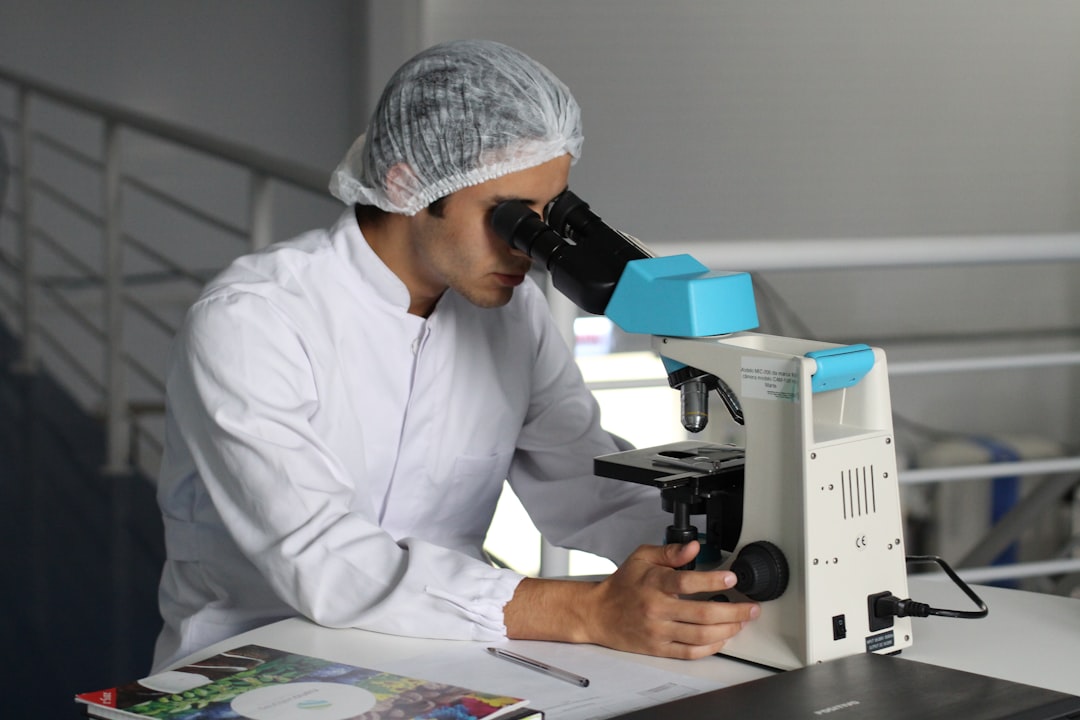What is it about?
Other major organs (like the heart, liver, lungs and kidneys) have well-defined ways to measure normal function. With exception of infant growth, these don't exist for human lactation. This review collates published data to provide preliminary reference ranges/limits that may be readily used for the assessment of normal lactation function.
Featured Image
Why is it important?
Consider another organ, such as the heart. Imagine trying to diagnose hypertension without being able to measure blood pressure and compare that measurement with a normal reference range. This is the situation we are in with human lactation.
Perspectives
I hope this article stimulates discussion around what we see as a major gap in our ability to support breastfeeding women and their babies. We propose that the integration of scientific evidence with current psychological and practical support will help to address the poor rates of sustained lactation that occur, even when initiation rates are good. After working in the same research area as my father for some years, it was a pleasure to finally co-author with him.
Melinda Boss
The University of Western Australia
Read the Original
This page is a summary of: Normal Human Lactation: closing the gap, F1000Research, June 2018, Faculty of 1000, Ltd.,
DOI: 10.12688/f1000research.14452.1.
You can read the full text:
Contributors
The following have contributed to this page










